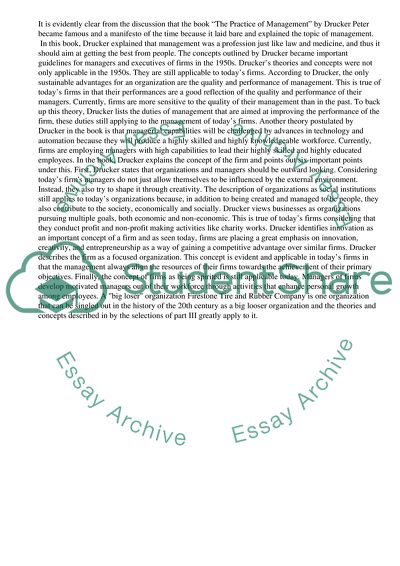Cite this document
(“Timeliness of the Concepts and Theories of the Practice of Management Essay”, n.d.)
Retrieved from https://studentshare.org/business/1441238-mba-assignment-enclosed-essay-on
Retrieved from https://studentshare.org/business/1441238-mba-assignment-enclosed-essay-on
(Timeliness of the Concepts and Theories of the Practice of Management Essay)
https://studentshare.org/business/1441238-mba-assignment-enclosed-essay-on.
https://studentshare.org/business/1441238-mba-assignment-enclosed-essay-on.
“Timeliness of the Concepts and Theories of the Practice of Management Essay”, n.d. https://studentshare.org/business/1441238-mba-assignment-enclosed-essay-on.


